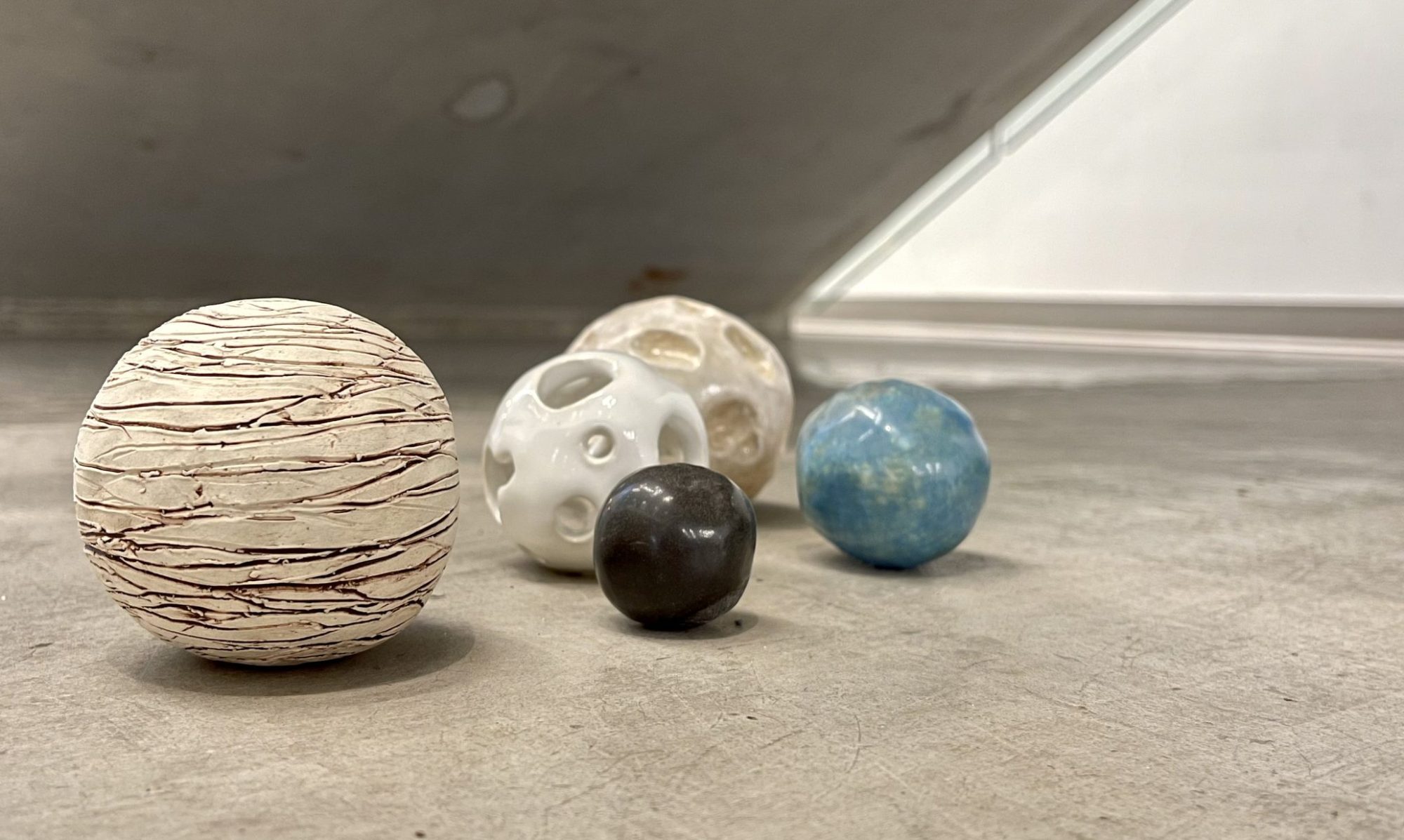Collaboration with Nature


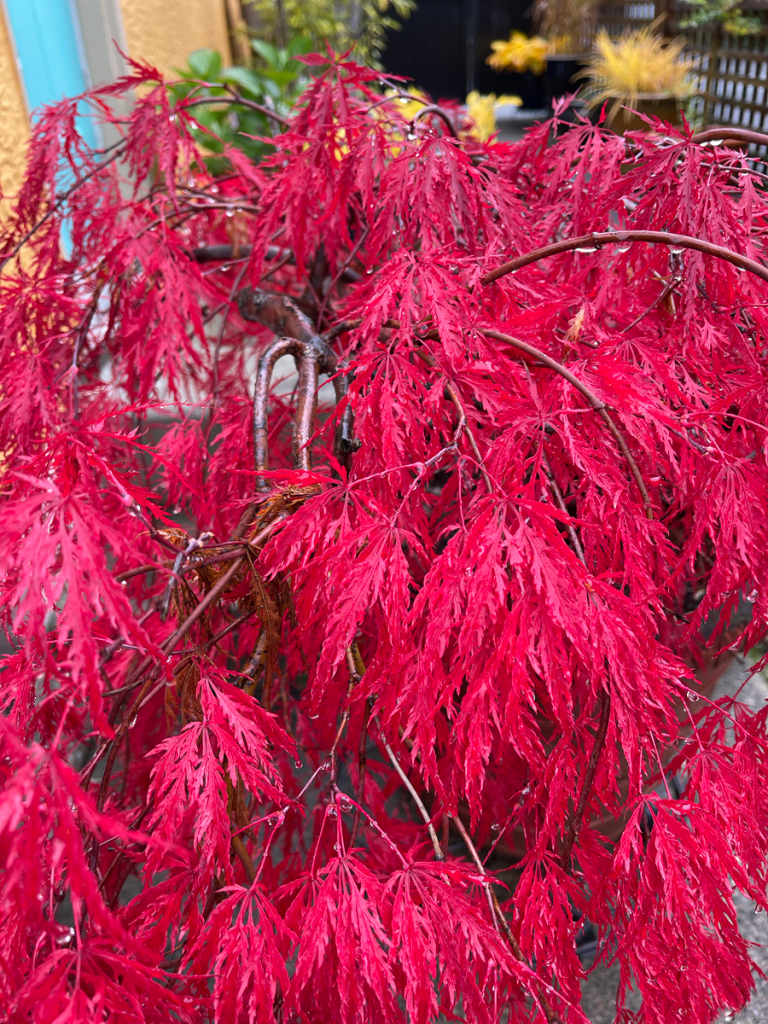
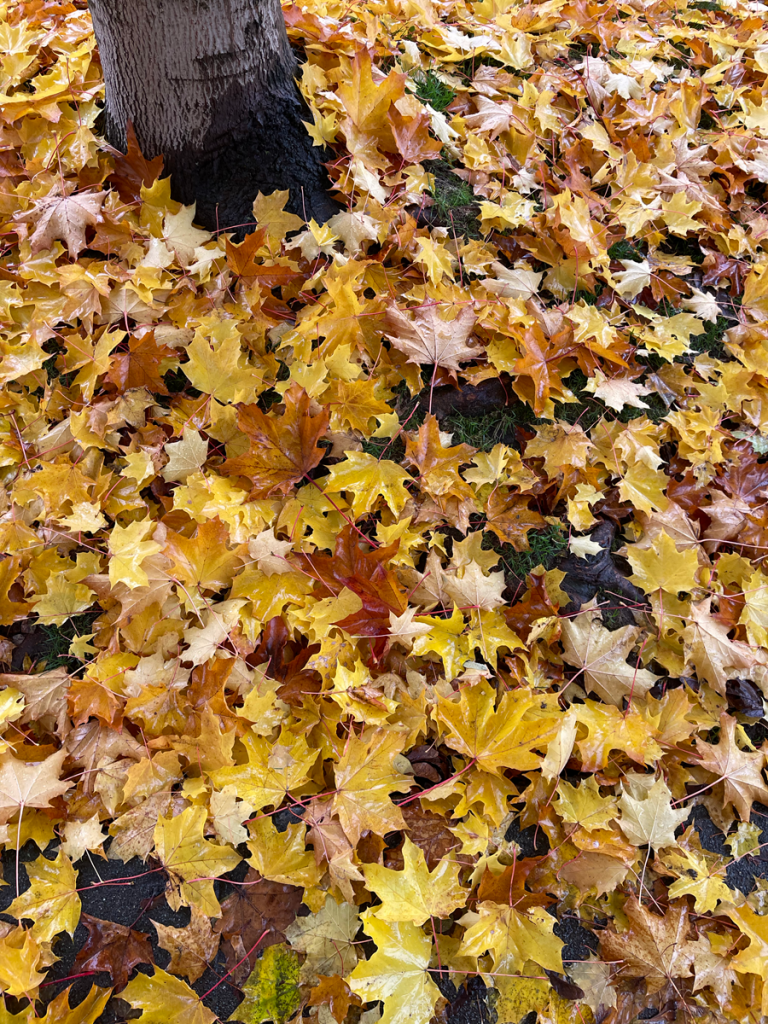
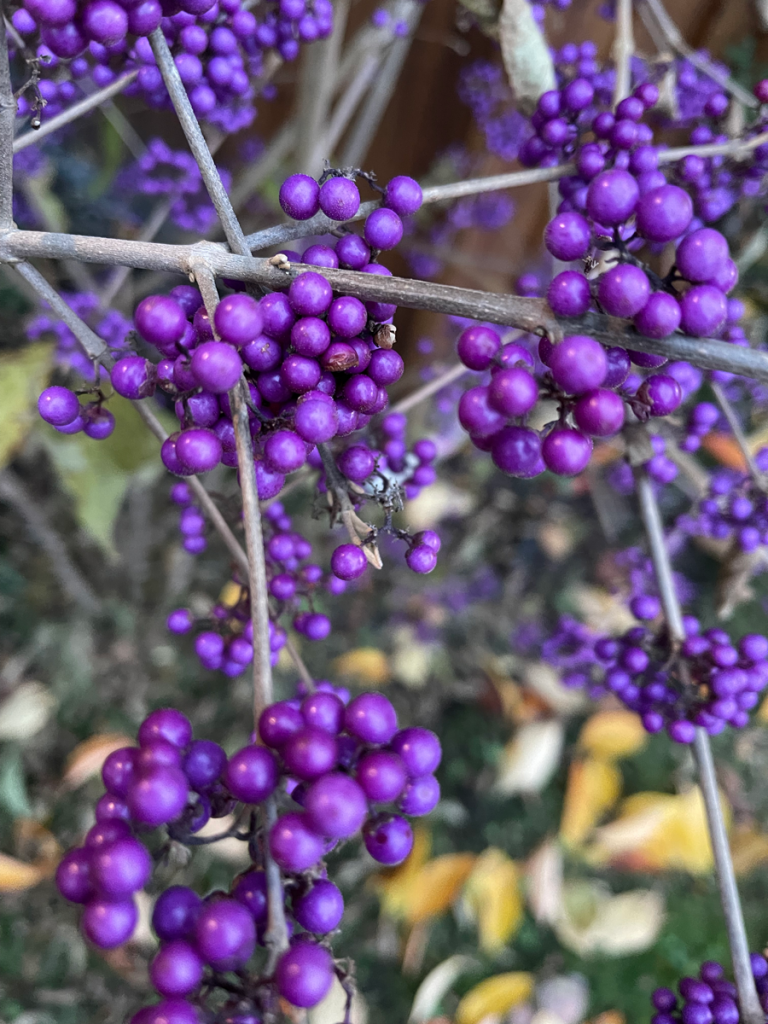
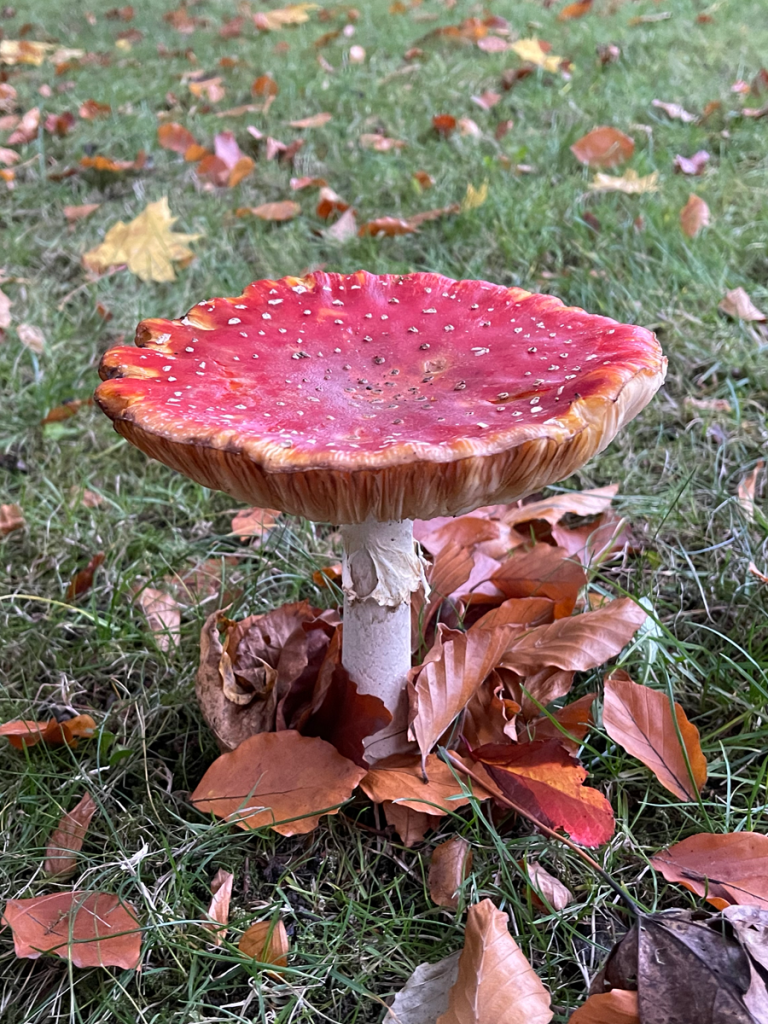
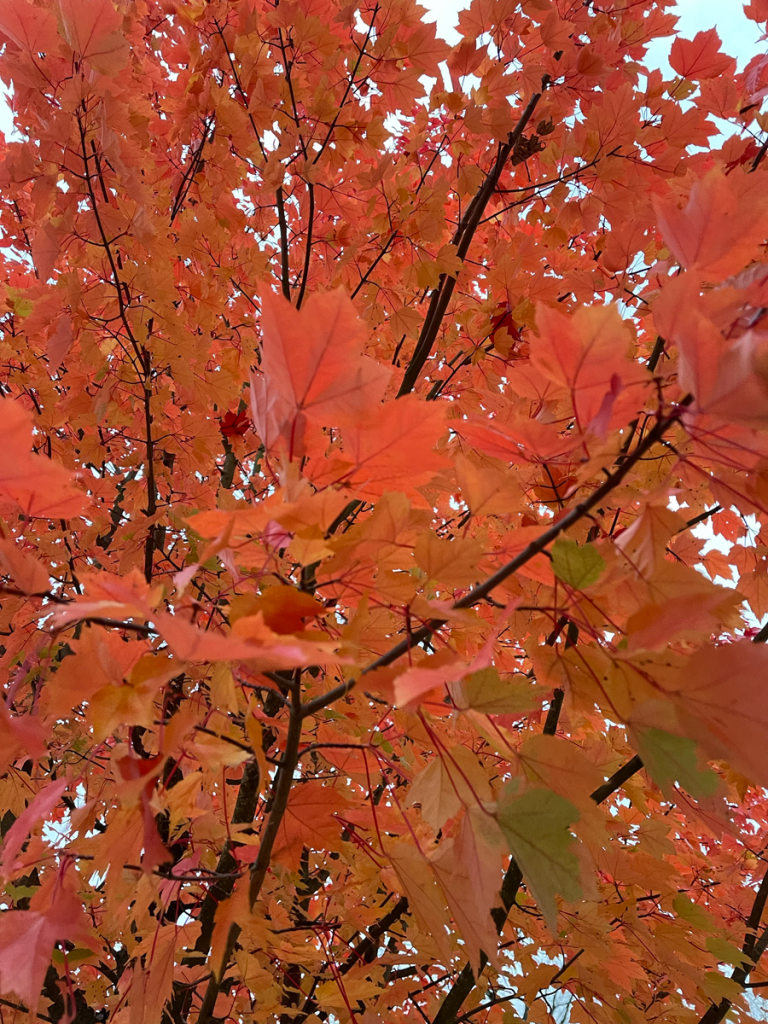
Bundle Dyeing
In an attempt to freeze the moment of beautiful autumn, I decided to try a bundle dye using found leaves, twigs, and flowers. I have never tried to bundle dye before but have always wanted to. It is one of the simplest ways of dyeing fabric in my opinion. There are a few different processes, but I chose to follow the one that was introduced by an Indigenous artist from Western Australia, Katie West. Katie is an award-winning artist who returned to her heritage to learn the Aboriginal ways of textile dyeing. She has documented it and presented beautiful representations of her work that fascinates me (katiewularniwest.com, 2020). I love how she honours simple and authentic processes that relies only on plants for results rather than me trying to add mechanical processes or additives to colour the fabric.
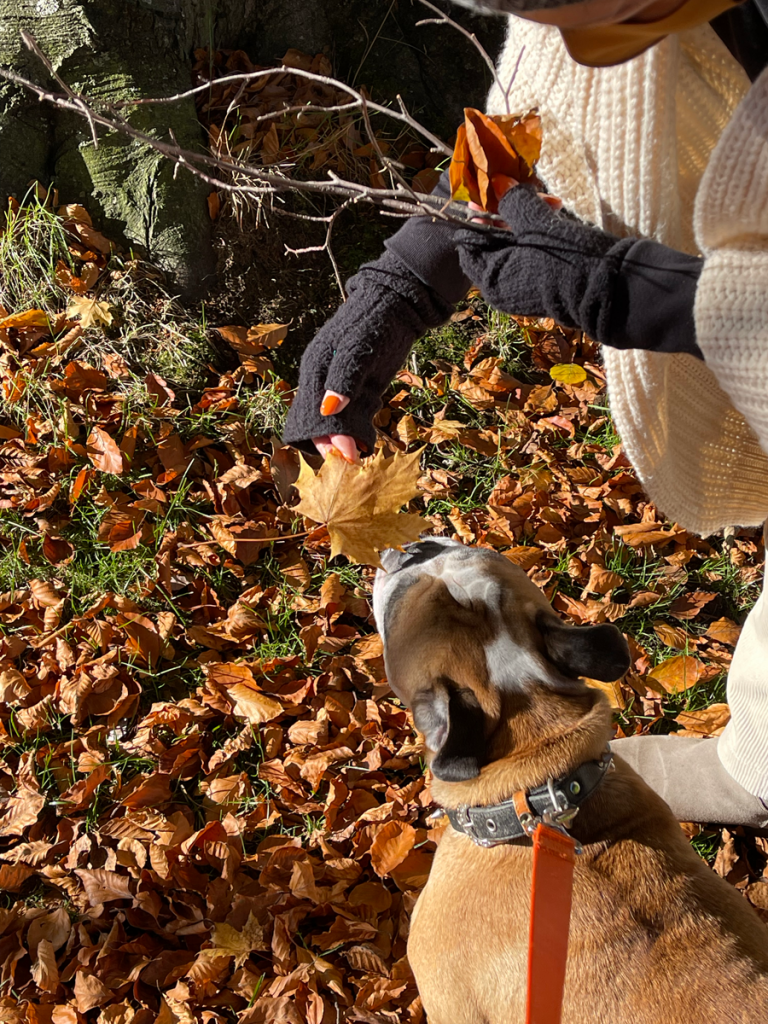
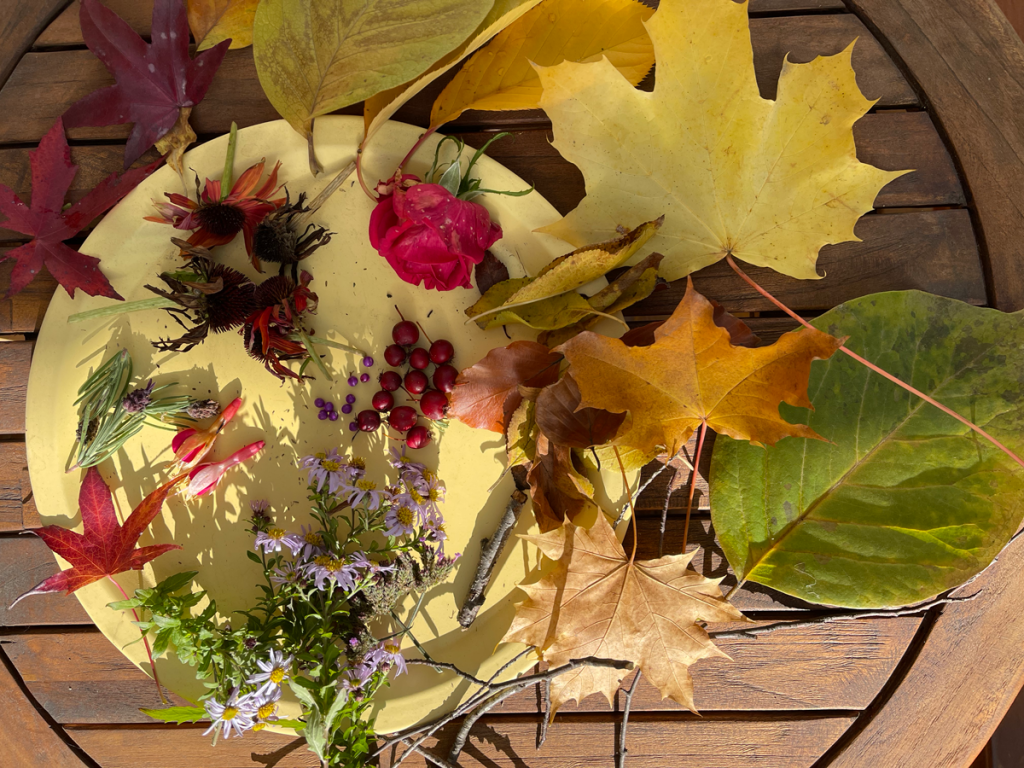
Gathering materials for dyeing
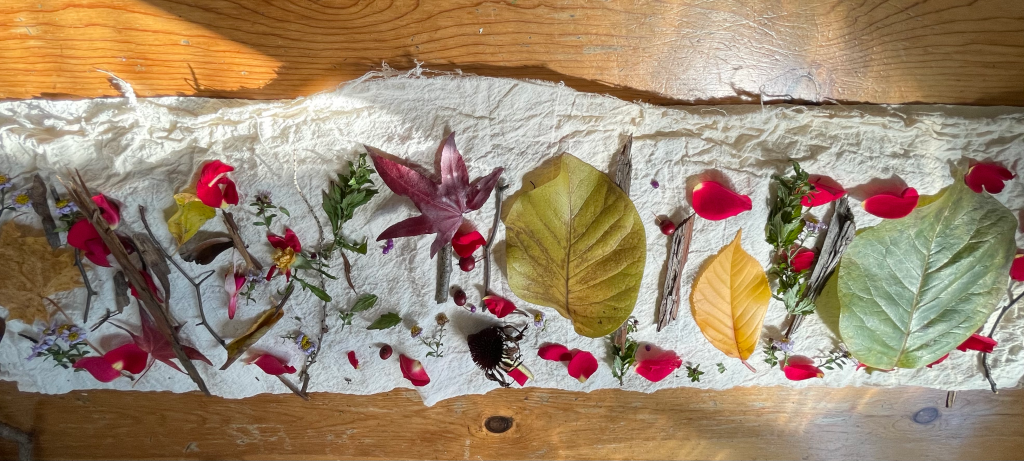
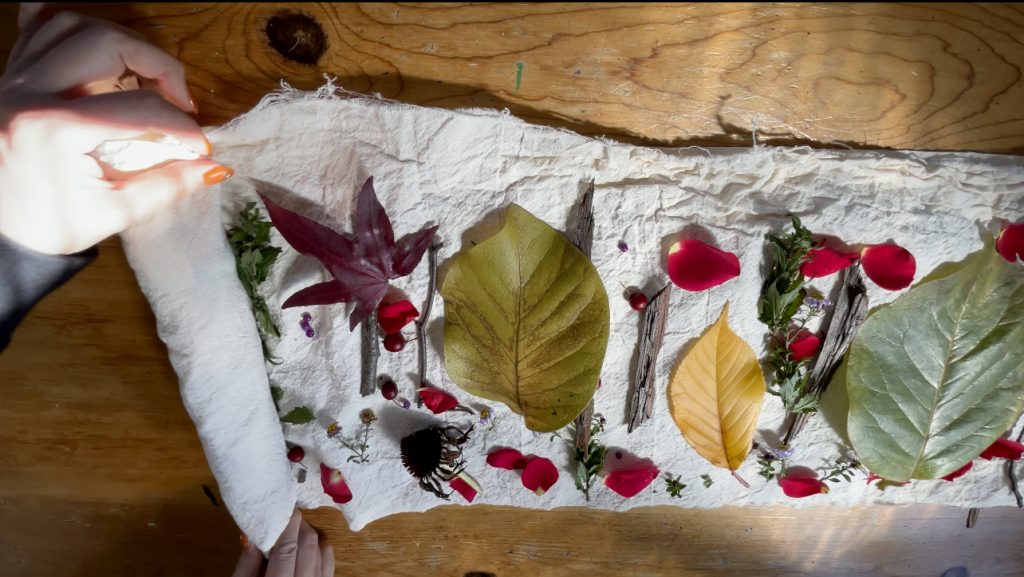



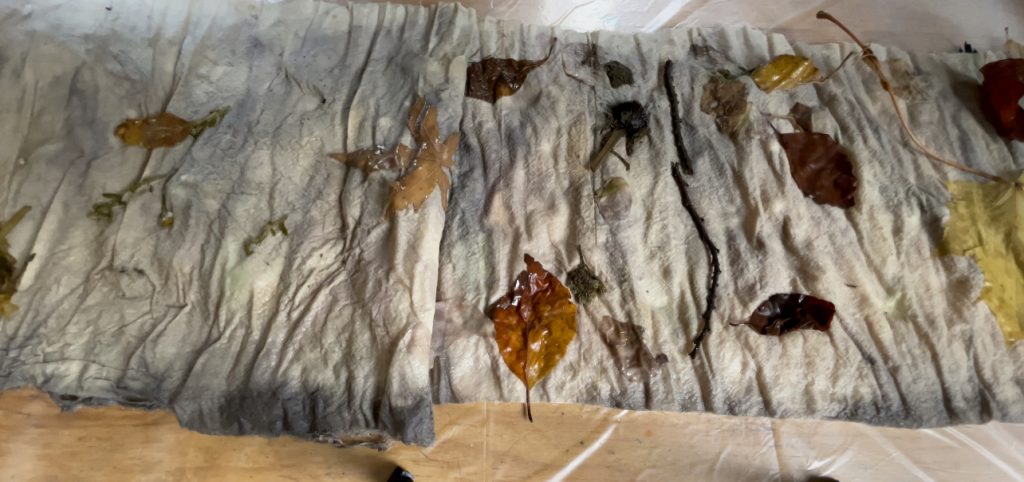
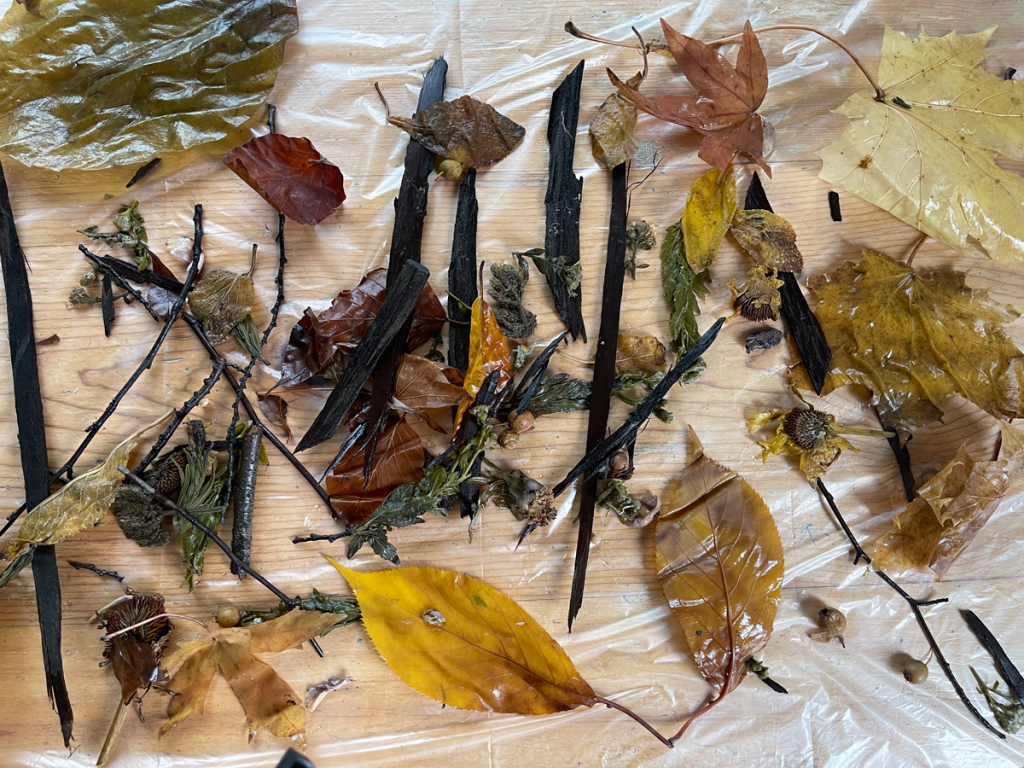

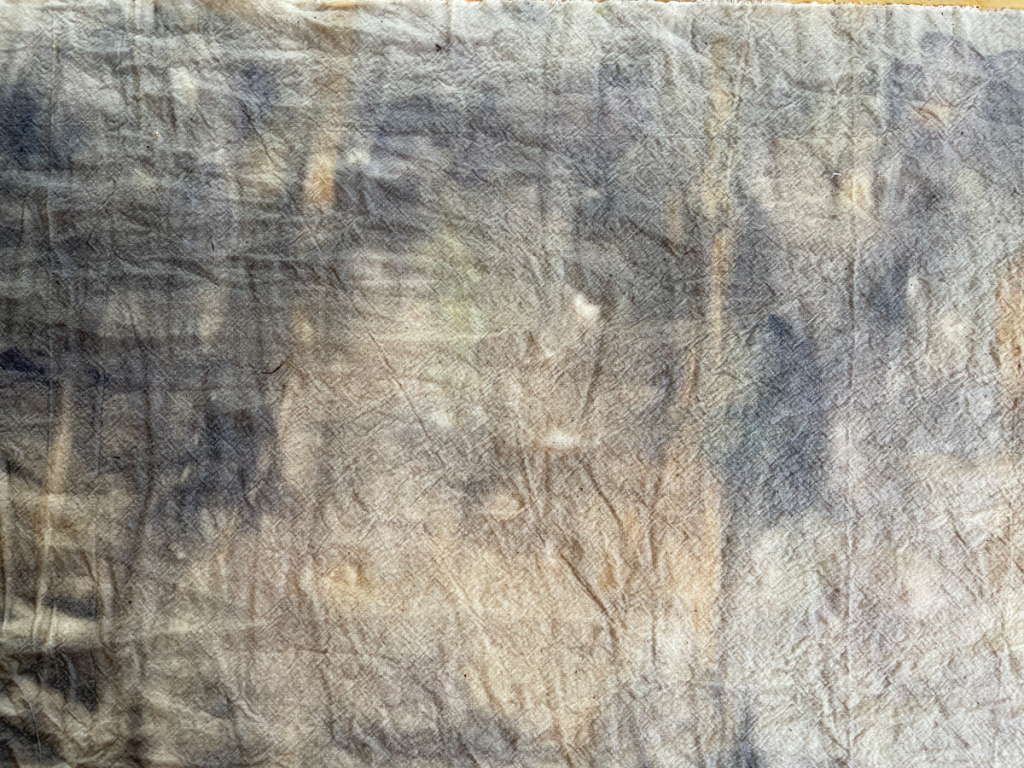

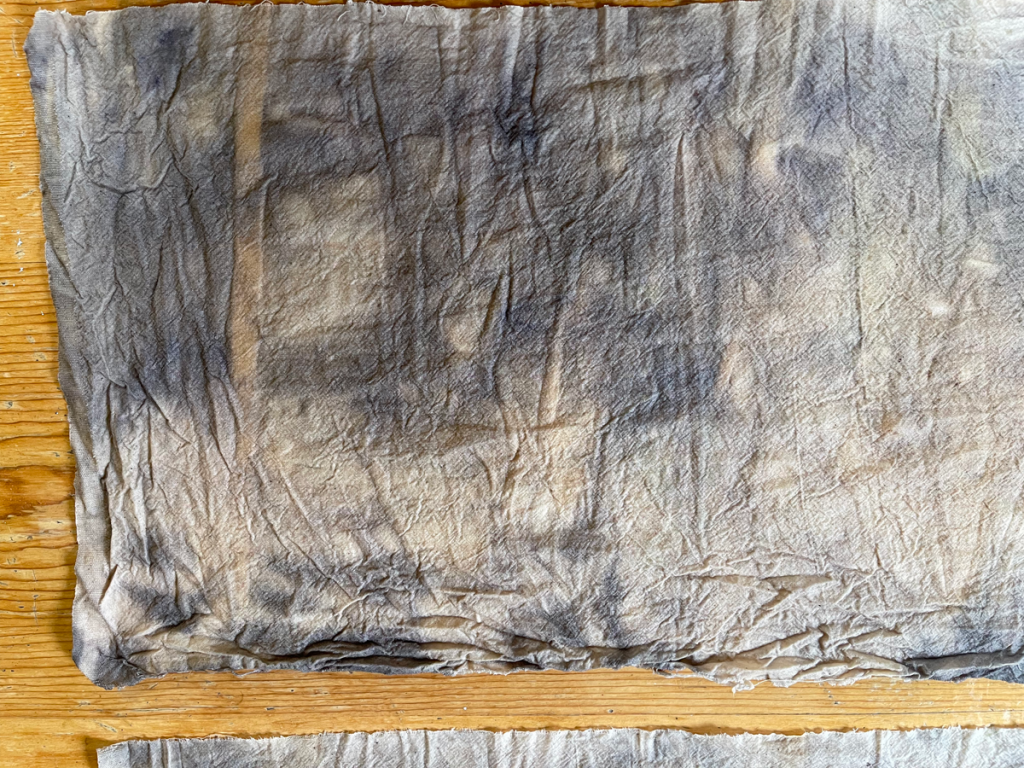
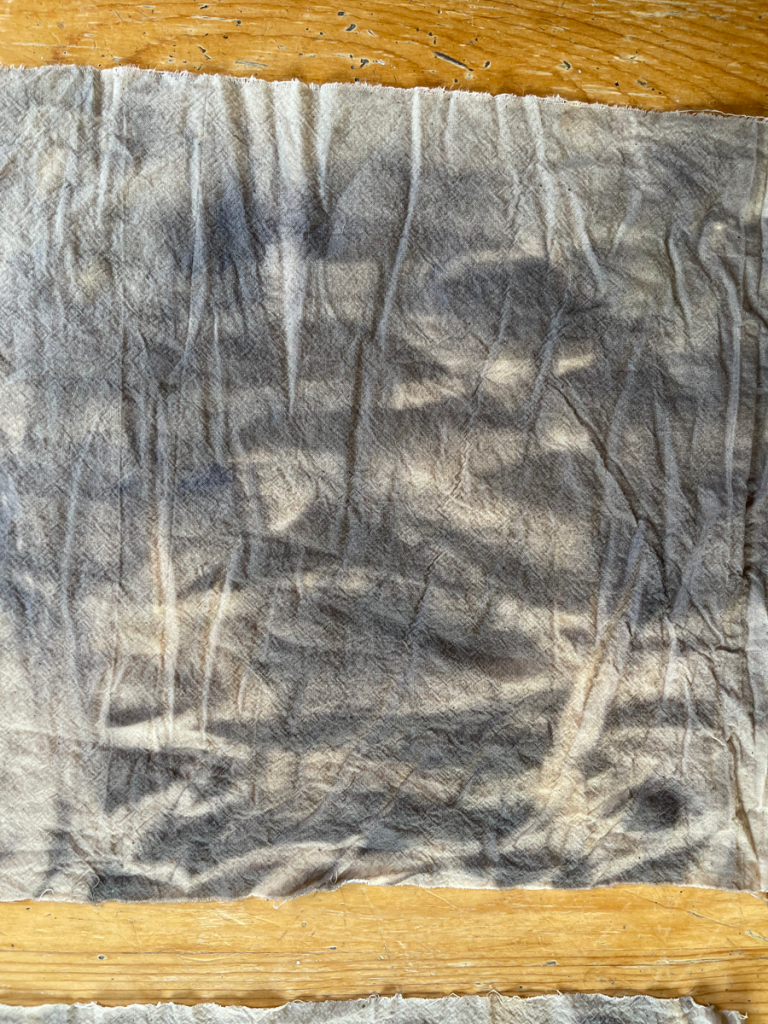
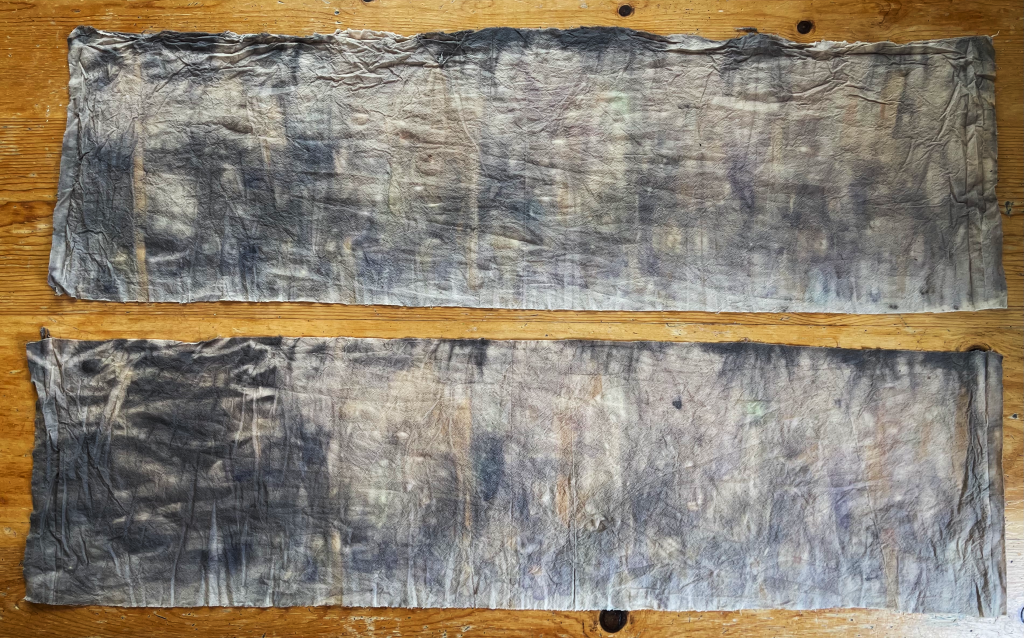
I really enjoyed the process of bundle dying. It Is ritualistic and is done in an appreciative fashion for the beauty of nature’s creations. The gathering, scattering the plant remnants on the calico fabric, rolling them in the calico fabric around a branch, tying it, putting it into boiling water and then waiting. It is all purposeful and suspenseful at the same time. Even though these steps are methodical, you just don’t know what the result will look like. My results showed some faint yellow dyeing (I think from lavender), and it was exciting to see the resulting colours from this simplest method.
The history of dyeing textiles is ancient. In Japan, it is thought that people have dyed fabric using plants, flowers, and tree bark as early as the Jomon era, which was between 13,000 BCE and 300 BCE (somehiro.com). Until the mid-19th century’s industrial revolution, all colours came from natural sources. Until then, the knowledge of slow dyeing techniques was handed down generation by generation. Additionally, this is a great example of humans collaborating with nature.
References:
Fry, T., Nocek, A., & Escobar, A. (2021). Designing as a futural praxis for the healing of the web of life. In Design in crisis: New worlds, philosophies and practices (pp. 25–42). essay, Routledge.
West, K. (n.d.). Katie West. KATIE WEST. Retrieved November 1, 2021, from https://katiewularniwest.com/home.html.
染の技術と歴史: 染裕 Somehiro. SOMEHIRO. (2018, February 7). Retrieved November 1, 2021, from https://somehiro.com/about_indigo/technology-and-history-of-dyed.
